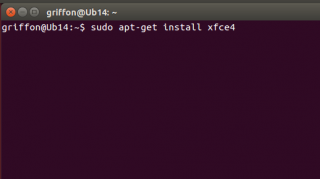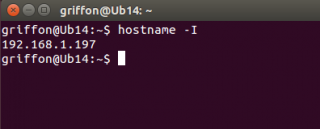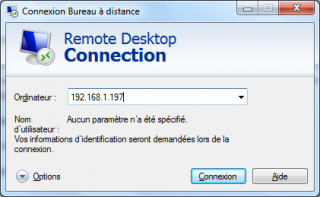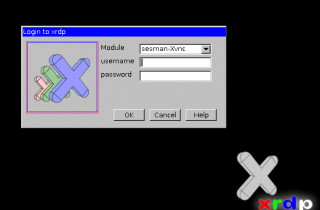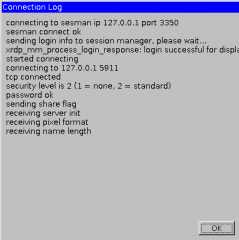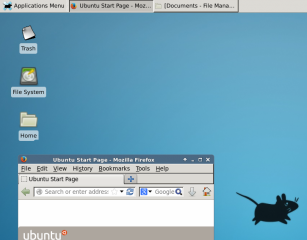Using the mailx command
Once installed, the mailx command can be directly referenced with the name mail, so you just type in that in the command line.
1. Simple mail
Run the following command, and then mailx would wait for you to enter
the message of the email. You can hit enter for new lines. When done
typing the message, press Ctrl+D and mailx would display EOT.
After than mailx automatically delivers the email to the destination.
2. Take message from a file
The message body of the email can be taken from a file as well.
The message can also be piped using the echo command -
3. Multiple recipients
To send the mail to multiple recipients, specify all the emails separated by a comma
4. CC and BCC
The "-c" and "-b" options can be used to add CC and BCC addresses respectively.
5. Specify From name and address
To specify a "FROM" name and address, use the "-r" option. The name should be followed by the address wrapped in "<>".
6. Specify "Reply-To" address
The reply to address is set with the internal option variable "replyto" using the "-S" option.
7. Attachments
Attachments can be added with the "-a" option.
8. Use external SMTP server
This is an exclusive feature, that you get only with heirloom mailx
and not bsd mailx, or the mail command from gnu mailutils or the mutt
command.
The mailx command can use an external smtp server to use to relay the
message forward. The syntax is a bit lengthy but makes sense.
Here is a breakdown
You can use the gmail smtp servers and send emails via your gmail account. That is so cool!
For gmail specifically you would need to enable
less secure apps settings before you can send mail like that.
9. Verbose - watch smtp communication
When using external smtp servers, you can choose to watch the entire
smtp communication that is done in the background. This is useful
specially when testing or debugging smtp servers.
$ echo "This is the message body and contains the message from heirloom mailx" | mailx -v -s "This is the subject" -S smtp="smtp.gmail.com:587" -S smtp-use-starttls -S smtp-auth=login -S smtp-auth-user="mygmail@gmail.com" -S smtp-auth-password="mypassword" -S ssl-verify=ignore someone@example.com
Resolving host smtp.gmail.com . . . done.
Connecting to 74.125.68.109:587 . . . connected.
220 mx.google.com ESMTP je4sm32812877pbd.94 - gsmtp
>>> EHLO enlightened
250-mx.google.com at your service, [122.163.43.21]
250-SIZE 35882577
250-8BITMIME
250-STARTTLS
250-ENHANCEDSTATUSCODES
250-PIPELINING
250-CHUNKING
250 SMTPUTF8
>>> STARTTLS
220 2.0.0 Ready to start TLS
>>> EHLO enlightened
250-mx.google.com at your service, [122.163.43.21]
250-SIZE 35882577
250-8BITMIME
250-AUTH LOGIN PLAIN XOAUTH XOAUTH2 PLAIN-CLIENTTOKEN OAUTHBEARER
250-ENHANCEDSTATUSCODES
250-PIPELINING
250-CHUNKING
250 SMTPUTF8
>>> AUTH LOGIN
334 VXNlcmU6
>>> YmnbWFpbC5jb20=
334 UGFzcmQ6
>>> KnJgzKg==
235 2.7.0 Accepted
>>> MAIL FROM:
250 2.1.0 OK je4sm32812877pbd.94 - gsmtp
>>> RCPT TO:
250 2.1.5 OK je4sm32812877pbd.94 - gsmtp
>>> DATA
354 Go ahead je4sm32812877pbd.94 - gsmtp
>>> .
250 2.0.0 OK 1417930703 je4sm32812877pbd.94 - gsmtp
>>> QUIT
221 2.0.0 closing connection je4sm32812877pbd.94 - gsmtp
Troubleshooting
In case the mails are not being delivered properly you need to check a
few things. The first thing to check is that an smtp server (mta) is
running locally. The netstat command can tell that
If an stmp server like Postfix is running and still mails are not
going, then try re-configuring Postfix for example. On Ubuntu/Debian
systems, this can be done with the dpkg-reconfigure command
Then retry, the mail command and it should work. If it still doesn't, try contacting your server provider.
No mails from local systems
If you try to send mails from your local computer to a gmail address,
your mail would most likely be rejected, so don't try doing that.
This is because ordinary computers connected to internet address have
an ip address that is not associated with any valid domain as such, and
gmail strictly verifies such credentials before approving any mail to
go through.
Notes and Resources
Apart from mailx, there are other tools like Swaks and
smtp-cli
that can be used to send mails from command line and support various
features like specifying smtp servers and adding attachments and so on.
However the mailx command is available in the default repositories of
most common distros, so can be installed easily. Further it maintains a
syntax very similar to that of the mail command which makes it a drop
in replacement for the older mail command.
The mailx command is even capable of reading mails from remote IMAP
servers, but that is something we kept out of this post and would talk
later. To learn more check the man page for the mailx command with "man
mailx".
Article source: https://www.binarytides.com/linux-mailx-command/
